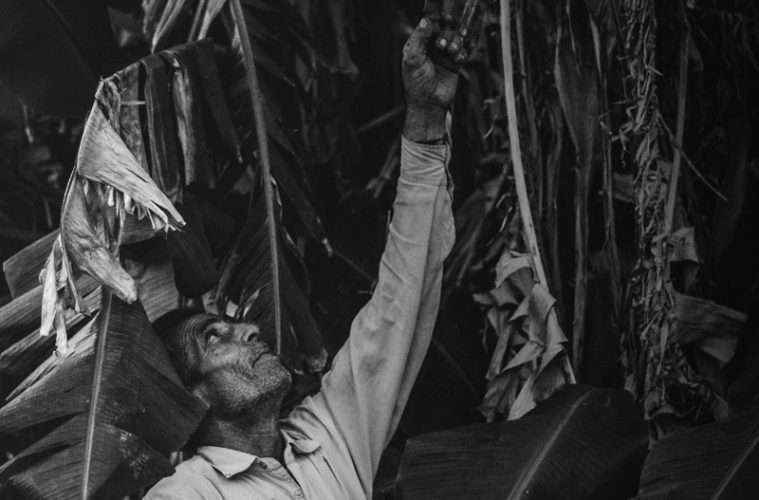The International Labour Organization estimates that there are 40.3 million survivors of human trafficking globally. According to the Polaris Project, traffickers use violence, threats, deception, debt bondage and other manipulative tactics to force people to engage in commercial sex or provide labor against their will.
The Salvation Army has been involved in anti-trafficking work since it began combatting child sex slavery in 1885 and today has more than 43 anti-trafficking programs and initiatives across the nation. See more at sajustice.us.
Here are 10 things you didn’t know about human trafficking:
1. Traffickers don’t discriminate; trafficking happens in all communities.
Anyone can be trafficked—no one is immune to this crime. Human trafficking exists in most communities around the world and the United States is no different.
2. Survivors don’t always identify as victims.
Some traffickers keep victims behind closed doors as domestic servants, while others live in plain sight and interact with people in the community daily, yet experience sexual exploitation or labor trafficking in strip clubs, factories or restaurants.
3. We do not rescue. Let’s drop the savior complex.
We are privileged to walk with people in the journey out of trafficking, supporting and advocating alongside each one, while understanding that the power and choices involved must lie with the survivor. It is their life, their story.
4. Human trafficking affects all genders.
We know LGBTQ youth, as well as runaway or homeless youth, are at particular risk.
5. The language we use matters.
Language communicates our feelings and assigns blame without intention. For example, instead of asking, “Why didn’t you leave?” try “tell me about the things that kept you from leaving.”
6. Images are often inaccurate.
Work to replace the sensationalized image of a small child in a cage with the truth: Trafficking is a crime that is hidden in plain sight.
7. Human trafficking isn’t just sex trafficking.
Human trafficking is the use of force, fraud or coercion to get another person to provide labor or commercial sex. Worldwide, experts believe there are more situations of labor trafficking than sex trafficking.
8. Recovery is a process.
When someone has an opportunity to find resources and support to be freed from the trafficker, the road away from that abusive control is filled with ups and downs. We must champion every step an individual takes and be consistent throughout the process.
9. Survivors have more to offer than their trafficking story.
Encouraging survivors to get involved in the fight against trafficking is critical. But many times, survivors are only asked to contribute by retelling their stories at fundraisers or workshops—which can be unintentionally exploitive and triggering. As allies, we need to remember these survivors are much more than their stories and work to protect them from re-exploitation.
10. Anyone can join the “Fight for Freedom.”
Human trafficking is an overwhelming topic, and it’s easy to feel like there is nothing you can do to fight this injustice. You can be part of the solution. Visit sajustice.us to learn more about the issue and how you can get involved in the Fight for Freedom.
What can you do?
INVEST IN PREVENTION: Invest time and resources in character-building programs for children, especially those in foster programs.
FIGHT THE DEMAND: Churches must address the connection between pornography and sex trafficking—both in creating awareness of the danger and in connecting those who are struggling with resources for sexual addiction.
PRAY FAITHFULLY: Pray for victims of human trafficking, open eyes to recognize signs of trafficking and wisdom on how to best assist survivors.
JOIN IN: Take part in a four-week study of Scripture by Social Justice Secretary Major Keilah Toy that explores four biblical stories of human rights and what we can learn and apply today at caringmagazine.org/downloads.











